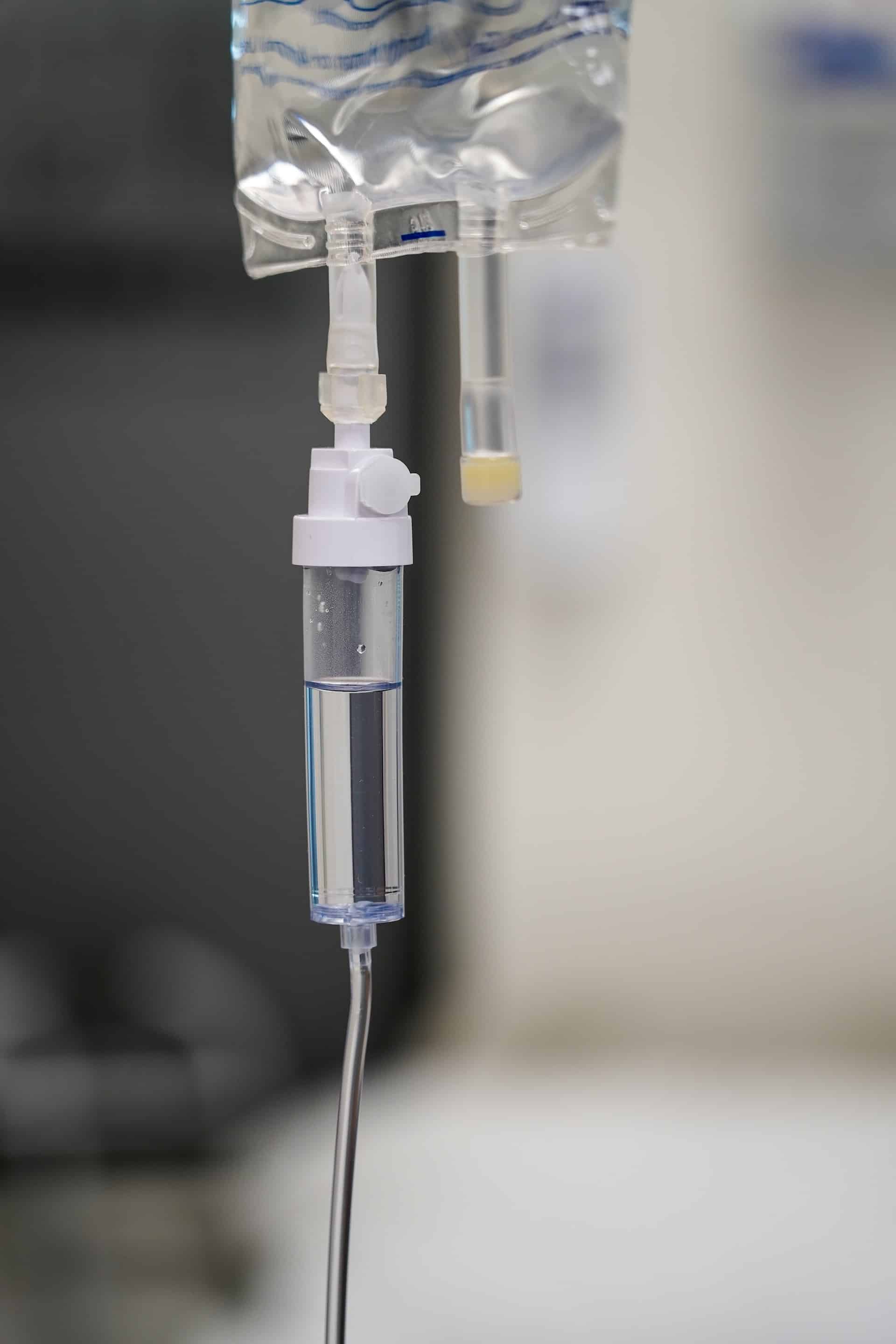It is essential to properly clean and maintain a device to ensure the accuracy of its functioning and the patient’s safety. The staff should be adequately trained in maintaining and cleaning the different devices. The devices which are controlled by patients need additional care as their issues can easily go unnoticed.
So, cleaning the patient-controlled analgesia pump before and after prescribing and at any necessary intervals is essential. Here is a guide to properly cleaning a patient-controlled analgesia pump.
IMAGE: UNSPLASH
How Does A Patient-Controlled Analgesia Pump Work?
Since 1971, Patient-Controlled Analgesia (PCA) has been used to maximize pain relief, and the first PCA pump that was commercially available first appeared in 1976. A patient-controlled analgesia pump primarily contains pain medicine. The medicine flows from the pump to your body through a tube.
The medicine present is mostly morphine, but there are also other types of pain medicines used sometimes, including other doctor equipment for sale. All you have to do is press a button when you are in pain, and the pump will give you the required dose of medicine, as set by the doctor.
How To Properly Clean It?
While you can tell the patient how to take care of it at home to avoid any infection, there are also a few ways to clinically clean it and ensure the product is clean and the patient is safe to use. Here are some of the methods to properly clean a patient-controlled analgesia pump.
Casing
There are several ways to cleanse the casing properly. It is the central part of the cleaning process because the casing should be cleaned thoroughly. But before you begin to clean, ensure that the device is off and is not connected to any electrical boards. After this, you can wipe the outer surfaces with the manufacturer’s recommended solution.
Once you are done with the outer surface, you should clean the inner parts of the analgesia pump. You have to use a soft-bristled brush to clean properly with a solution.
A brush helps you remove any dirt or dust, even in intricate and smaller parts of the product, like the crevices. Do not let the solution settle on the product for a long time but let it be there for a specific period. To understand the timings exactly, you can read the cleaning solution guideline.
IUI Parts
After cleansing the casing, you can clean the IUI parts. But the best practice is to use a dedicated IUI cleaning brush and cloth to clean the IUI parts. You can dip the IUI brush in isopropyl alcohol and scrub the attachments gently. You can properly clean the device with a brush and a cloth. Two things to remember.
First, use a different cloth and brush for the casings and here because the germs might easily spread. Second, refrain from spraying or applying the solution directly on the product. The solution might affect the device’s parts, so a cloth or a brush is necessary.
Post-Cleanse Care
Once you are done cleaning the exteriors, casing, and IUI parts, you have to dry the device. So, there is a specific post-cleanse care you should be aware of. Only when the parts are dry can the device function properly. So, it is best to let it dry and inspect for solutions or residues before putting the parts back together to use.
While inspecting the device post-cleansing, do not merely look for a solution or residue sediments but also check for any dirt or others left while cleaning the product. If you find any damages or problems, it is best to immediately check and replace the particular part.
Summing Up
A patient should maintain and properly check the device when using it. However, when there are any issues with the device regarding working or signs of infection, the clinician should adequately clean it, inspect for issues and check what’s next. It is vital to do preventive maintenance to avoid damage to the product.
IMAGE: UNSPLASH
If you are interested in even more lifestyle-related articles and information from us here at Bit Rebels, then we have a lot to choose from.


COMMENTS